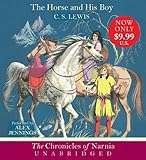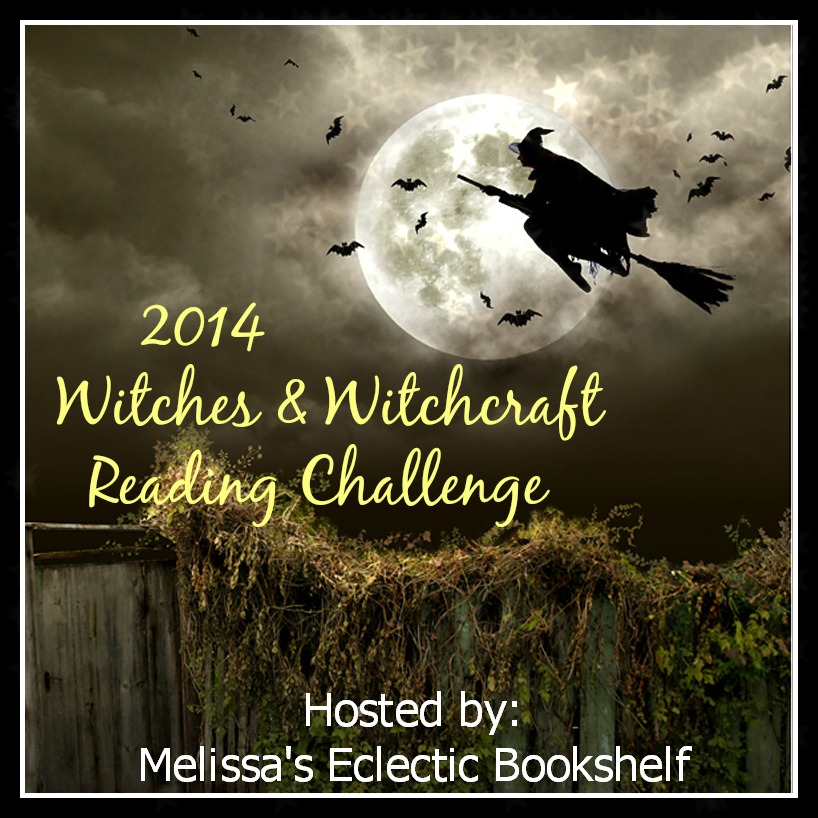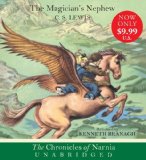 The Last Battle is the final book in C. S. Lewis’s Chronicles of Narnia series. It begins with an evil ape named Shift, who bosses around a donkey named Puzzle under the pretense of being the donkey’s friend. The two find a lion skin, and Shift gets the bright idea of having Puzzle wear it so they can fool everyone into thinking Puzzle is Aslan. A bunch of people believe it. There is a bit with some dwarfs. There is a centaur and a unicorn. The Pevensies, minus Susan, and Eustace, Jill, Digory, and Polly, are all pulled back to Narnia after a mysterious bit with a train. A bunch of people worship the evil god Tash and want him to come but aren’t very happy when he shows up.
The Last Battle is the final book in C. S. Lewis’s Chronicles of Narnia series. It begins with an evil ape named Shift, who bosses around a donkey named Puzzle under the pretense of being the donkey’s friend. The two find a lion skin, and Shift gets the bright idea of having Puzzle wear it so they can fool everyone into thinking Puzzle is Aslan. A bunch of people believe it. There is a bit with some dwarfs. There is a centaur and a unicorn. The Pevensies, minus Susan, and Eustace, Jill, Digory, and Polly, are all pulled back to Narnia after a mysterious bit with a train. A bunch of people worship the evil god Tash and want him to come but aren’t very happy when he shows up.
I don’t know what heck I read.
Listen, I have no problem with Christian allegory. Despite what J. R. R. Tolkien thinks, a good case can be made for The Lord of the Rings as Christian allegory, especially if you put it with The Silmarillion. I also happen to be a Christian. However, in this novel, Lewis sacrificed the plot in favor of ham-handed allegory. And it’s not even good.
I was already prepared for the “problem of Susan,” as I had run into commentary on the subject prior to reading the book, but it bears mentioning that leaving Susan completely bereft of family because she’s a normal teenager is truly heinous. What, girls should not grow up and become women? That’s not pure enough?
But what really bothers me is that it’s supposed to be Christian allegory, and everyone’s killing people right and left. What the heck? I mean, I gather it’s more Revelations than Book of John, but still…
My advice to anyone who, like me, didn’t read these as a child and decides to read them as an adult is to read The Magician’s Nephew, The Lion, the Witch and the Wardrobe, Prince Caspian, and The Voyage of the Dawn Treader and leave it at that. Maybe The Horse and His Boy if you want to learn more about those characters, who only get a few mentions in the last couple of books and otherwise don’t figure much into the grand narrative. Stay far, far away from the final two books.
Racist, sexist, sloppily written, muddled, pile of crap. I don’t understand why a writer would desecrate his own writing like that. Patrick Stewart couldn’t save it, though his narration was brilliant. WORST. ENDING. EVER.
I so hate C. S. Lewis.
Book Rating: 




Audio Rating: 













